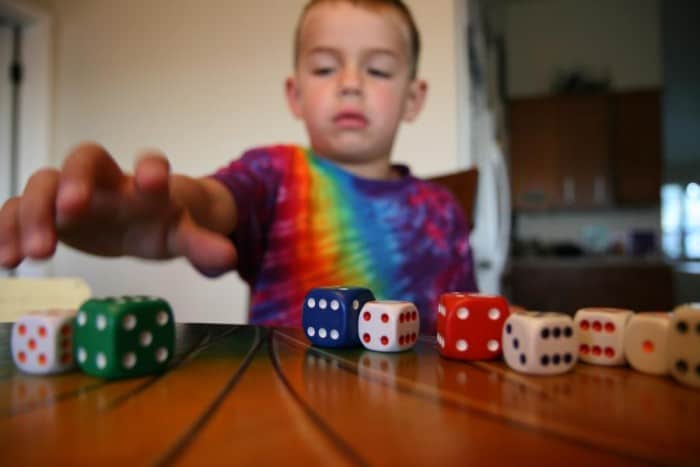Sports
Why is dice everyone’s favourite game even after 2000 years?
Dice were less fair in the olden days than they are today and the change came in with the onset of Renaissance, says a study that looked into the history of dice over the past 2,000 years.
In Roman times, many dice were visibly lopsided, unlike today’s perfect cubes. And in early medieval times, dice were often “unbalanced” in the arrangement of numbers, where the one appears opposite two, three opposite four, and five opposite six, said the study published in the journal Acta Archaeologica.

All that began to change around 1450 A. D., when dice makers and players seemingly figured out that form affected function, explained Jelmer Eerkens, Professor at the University of California, Davis, and the lead author of the study.
“A new worldview was emerging — the Renaissance. People like Galileo and Blaise Pascal were developing ideas about chance and probability, and we know from written records in some cases they were actually consulting with gamblers,” he said.

“We think users of dice also adopted new ideas about fairness, and chance or probability in games,” Eerkens said.
Dice are not common finds in archaeological sites. They are typically found in garbage, domestic areas, or cemeteries, and frequently are recovered as lone objects in a site, Eerkens said.
Many are not accurately dated.

After looking at hundreds of dice in dozens of museums and archaeological depots across the Netherlands,the researchers were able to assemble and analyse a set of 110 carefully dated, cube-shaped dice.
The researchers found that dice made before 400 A. D., or in Roman times, were highly variable in shape, size, material and configuration of numbers.

The study also showed that dice were very rare between 400 A. D. and 1100 A. D., corresponding to the so called “Dark Ages”.
When dice reappeared around 1100 A. D. they were predominantly in the “primes” configuration, where opposite numbers tally to prime numbers (one-two; three-four; five-six), a numbering style that was also popular in ancient Mesopotamia and Egypt.

Around 1450 A. D., the numbering system quickly changed to “sevens” where opposite sides add up to seven (six-one; five-two; three-four), the researchers found.
Dice also became highly standardised in shape, which could partly be a byproduct of mass production.
“Standardising the attributes of a dice, like symmetry and the arrangement of numbers, may have been one method to decrease the likelihood that an unscrupulous player had manipulated the dice to change the odds of a particular roll,” Eerkens said.
Home
Sunil Gavaskar gives his opinion of GT allrounder Rahul Tewatia

The left-handed batsman from Haryana is garnering praise from all quarters for the way he’s finishing games regularly in the most exciting IPL season.
Gavaskar reckons Tewatia’s whirlwind knock in Sharjah (in IPL 2020) where he smashed West Indies pacer Sheldon Cottrell for five sixes in an over, gave him the confidence that he belongs to the big stage.
Speaking on Cricket Live on Star Sports, Gavaskar said, “That assault on Sheldon Cottrell in Sharjah gave him the belief to do the impossible and the confidence that he belongs here. We saw the impossible (he did with the bat) the other day as well. There’s no twitching or touching the pads (which shows a batter’s nervousness) when he bats in the death overs. He just waits for the ball to be delivered and plays his shots. He’s got all the shots in the book, but most importantly his temperament to stay cool in a crisis is brilliant.”
Gavaskar has also nicknamed the 28-year-old cricketer the ‘ice-man’ and lauded Tewatia’s ability to remain unruffled during the tense moments.











